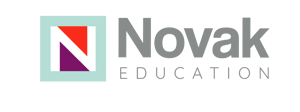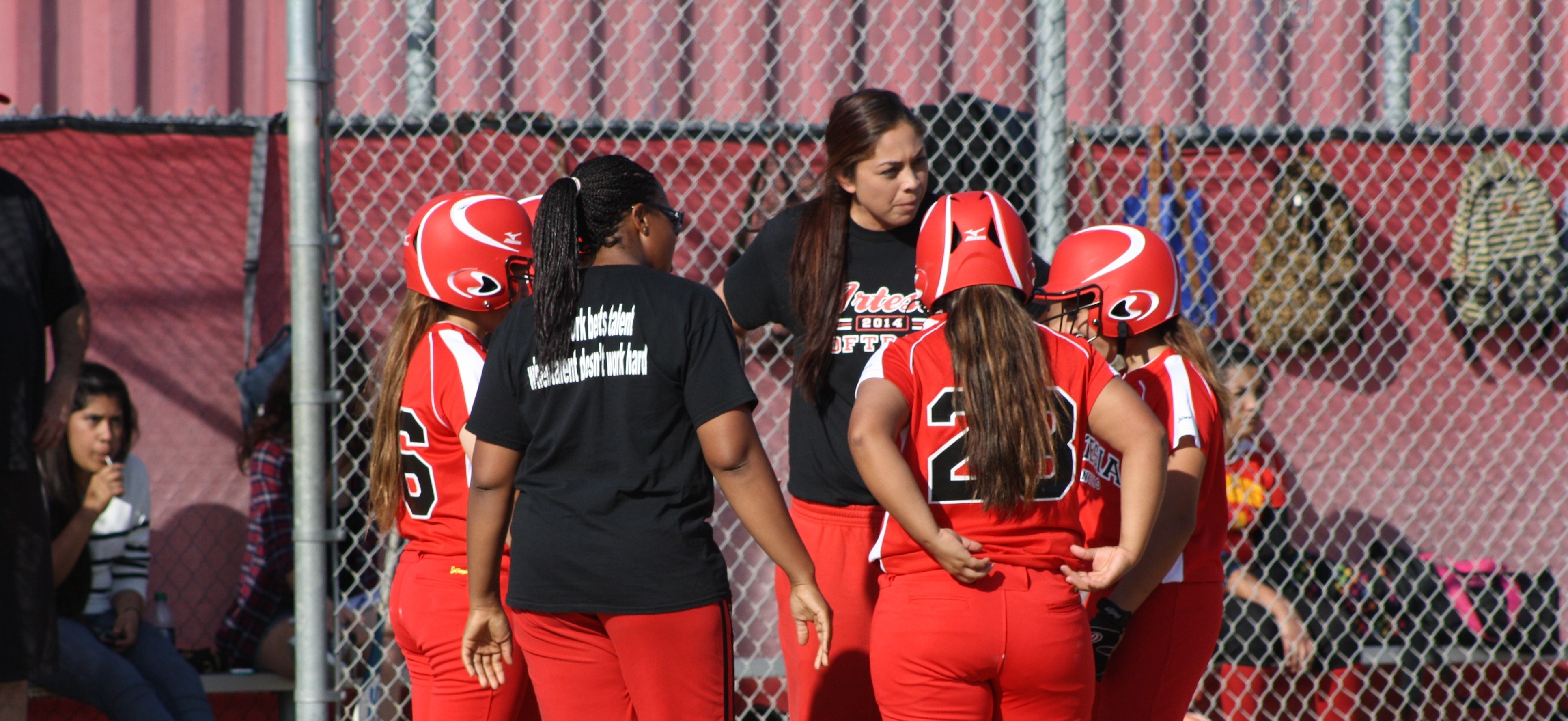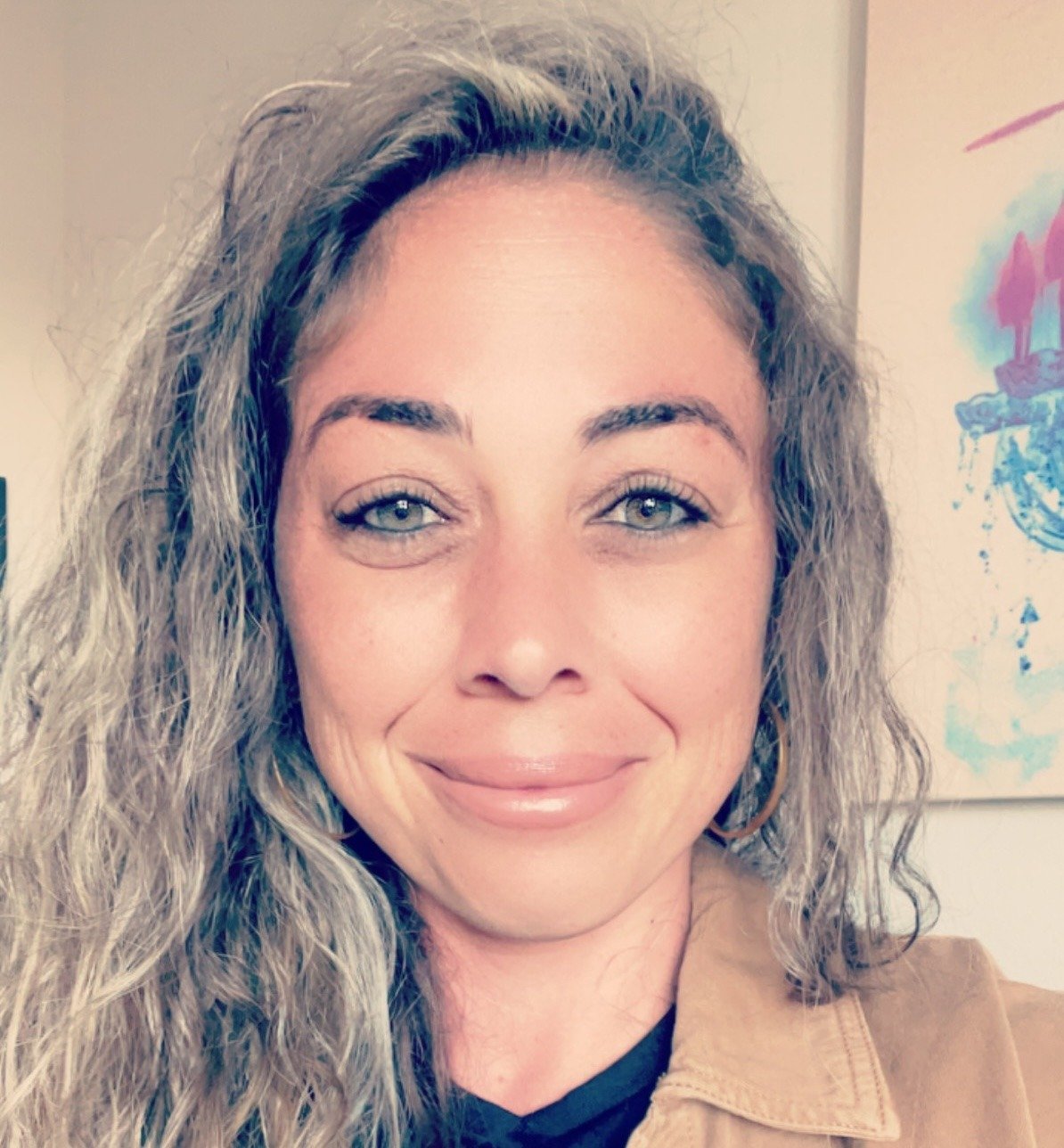A Shared Reflection Tool for Students and Teachers
One of my most impactful lessons in teaching came from an unexpected source: my experience as a personal softball hitting coach. Working with players of varying ages and abilities, I recognized that focusing on every skill at once was overwhelming and ineffective. It's like trying to teach a batter their stance, grip, load, swing mechanics, and pitch selection all in one go—it's a recipe for missed swings and frustration. Instead, we prioritized 1-2 key areas based on individual needs. This mirrors the Universal Design for Learning principle of "Firm Goals, Flexible Means." We have a clear objective—to improve the batter's performance—but we achieve it by tailoring our instruction to each individual's strengths and challenges.
This approach aligns perfectly with the concept of equity in education, recognizing that every student comes to us with a unique set of skills, experiences, and needs. Equity isn't about treating everyone the same; it’s about offering everyone with what they need to succeed. Similarly, in our schools, each site, like each player, has its own unique set of strengths, challenges, and areas for growth. To avoid being overwhelmed, it's crucial for sites to reflect on their practices and identify key focus areas that resonate with their specific needs. We can guide this reflection by focusing on any systemic inequality, helping sites choose the right 'pitch' to swing at by asking questions like:
- "Who has a voice in decision-making?",
- "Are there barriers in place that prevent us from embracing student variability?
- "What's required to create change?"
This process of self-reflection empowers each site or teacher to chart their own path towards improvement, ensuring equitable access to opportunities for all.
Teacher and Student Reflection Tool: How to Use this Tool to be Better meet Student Needs in Your Learning Environment
To determine focus areas with your team, start with the reflection tool, "Teacher and Student Reflection on Identity Safety Domains," which I created after reviewing Equity by Design and Creating an Identity Safe Classroom.
To ensure our perceptions as educators match the reality experienced by our students, we'll also be utilizing a 'replay' tool—just like coaches reviewing game footage. For this tool to work it's magic, both teachers and students will complete the same survey, enabling you to compare your initial perceptions with student’s actual experiences. Analyzing these differences will allow you to identify areas where adjustments are needed to better meet student needs, creating a learning environment where every student feels seen, heard, and valued—key components in building a sense of hope and belonging. This process also provides valuable data to inform future instructional practices and school policies, ensuring that expectations for students are not only high but also attainable, given the support and resources they need.Prioritize and Focus
In softball, even with countless aspects to refine, we prioritize one or two focus areas per lesson. Similarly, teachers can select one area from the reflection where they feel the greatest need or curiosity for growth based on the largest discrepancy between their responses and the students’ responses. They can then refer to the document as guidance. This targeted approach prevents feeling overwhelmed and allows for meaningful, intentional progress.
Once you determine 1-2 focus areas, remember three lessons from the softball diamond.
1. Celebrate Small Wins
Imagine a batter whose focus for the practice was following through. Even if the batter misses a pitch or uses an incorrect grip, a great follow-through is still considered a win! It's about acknowledging progress and effort, recognizing that learning isn't always linear. So, if you have a reading activity and your focus is to build engagement by allowing students to choose reading materials in a variety of genres, then noticing students staying on task, reading for extended periods, or hearing them express excitement about discovering new genres or authors, would be considered a win - even before you begin to see increases in more standardized assessment measures! These small wins build confidence and create a sense of hope, which are essential for continued growth and engagement.
2. Intentional Reflection
Regularly reflect on your practice by documenting your thoughts, feelings, and reflections using your preferred method. Whether through writing or audio journaling, note-taking, or visually creating a mind map or infographic, continuously observe and reflect on your practice, much like reviewing a film session. Celebrate your successes and identify areas for further refinement. By doing so, you embody the UDL principle of flexible means: the goal remains firm, but the methods used for reflection and improvement are adaptable, allowing for personalized growth.
3. Continuous Growth: A Lifelong Journey
In softball, even seasoned players continually strive to improve their swing. Similarly, in the ever-evolving landscape of education, you, as an educator, benefit from ongoing self-reflection and growth, regardless of your experience level. This commitment to continuous learning ensures that you meet the needs of your students and create inclusive, thriving classrooms. After all, even Ohtani (the LA Dodger baseball player) has to get back in the batting cage!
If your district is also emphasizing learner profiles and personalized learning plans, you can take your reflection a step further. For example, our district’s new Student Learner Profile initiative focuses on preparing students to be collaborative problem solvers, effective communicators, and empathetic leaders. This focus on the whole child encourages us to leverage students' learner agency and funds of knowledge—their cultural backgrounds, experiences, and interests. Questions like: "How can I use my students' cultural backgrounds to design more engaging lessons?" and "How can I collaborate with students to design lessons based on their funds of knowledge?" can guide teachers in creating more relevant and inclusive learning experiences, ensuring every student feels like they're part of the team and has a chance to hit a home run.
After students and teachers complete the initial reflection, they can utilize the Student Learner Profile and Learner Agency section to continue the practice of self-reflection. This ongoing practice is crucial in recognizing and valuing the diverse learners and engagement strategies within the classroom, promoting equitable opportunities for all students to actively participate and contribute.
Bonus Tip! Cultural Nuances
When creating an inclusive classroom, it's important to acknowledge and value cultural nuances to foster a truly inclusive space where every student feels safe to contribute.
For example, growing up in a Hispanic household, it was seen as disrespectful and discouraged to question authority or speak out of turn. So without clear guidance and understanding, I may have struggled with effective communication that require challenging tasks. It's like asking a batter to change their stance before the game—it can disrupt their flow and hinder their success. Learning, acknowledging, and valuing these cultural nuances is essential for fostering a truly inclusive classroom where every student feels safe to step up to the plate. To truly embrace UDL and equity, we need to go beyond simply acknowledging these cultural differences. We need to actively incorporate them into our classroom and teaching practices. This might mean providing alternative ways for students to demonstrate their understanding, offering opportunities for group work that honors collectivist cultures, or creating a classroom environment where questioning and challenging ideas is encouraged and valued, regardless of cultural background.
We all need to remember that continuous improvement is a journey, not a destination. Whether a teacher has one year or twenty years of experience, there's always room for reflection and growth, just like a seasoned hitter can always refine their swing. By embracing this mindset and the principles of UDL—firm goals, flexible means—we'll not only get more “wins” in the classroom but also foster a love of lifelong learning in our students, ensuring that every student has the opportunity to succeed. Let's step up to the plate, embrace the challenge, and create a truly inclusive learning environment where every student feels empowered to swing for the fences!
Unleash Your Potential! Discover how to amplify diverse perspectives, enhance educational growth and foster a sense of belonging among students.




